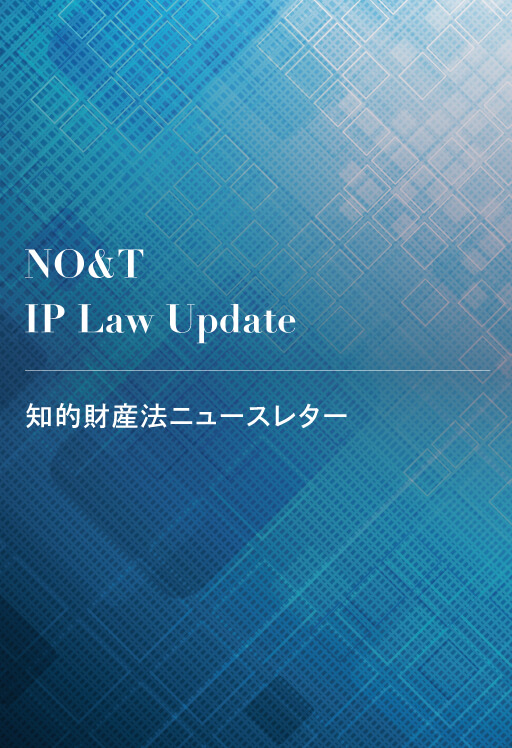
NO&T IP Law Update
Recent years have seen the rapid advancement and development of AI technologies. While AI technologies such as generative AI have become widely available and used by the general public, this development and widespread use has given rise to intensive discussions and a host of legal issues, including with respect to intellectual property law.
In light of these recent circumstances, in October 2023, the Study Group on Intellectual Property Rights in the AI Era (“Study Group”) was convened. The Study Group organized discussions regarding the relationship between AI and intellectual property right, based on considerations on this in relevant ministries and agencies, to consider necessary measures, etc. The Study Group mainly discussed and considered the following two issues for consideration:
In May 2024, following discussion of the foregoing issues, the “Interim Report of the Study Group on Intellectual Property Rights in the AI Era” (“Interim Report”) was published※1. The Interim Report is not legally binding or a definitive legal assessment. The Interim Report does however set out the results of these discussions based on considerations in the relevant ministries and agencies concerning various issues related to generative AI and intellectual property rights. Therefore, the Interim Report is a valuable resource for parties engaged in businesses related to generative AI in Japan※2.
This newsletter introduces the contents of the Interim Report insofar as they concern the second of two issues listed above: the protection of inventions based on developments in AI technology.
As noted above, in the sections which concern the second of the two main issues, the Interim Report summarizes the discussions of the Study Group regarding (i) how inventions made with use of AI technology should be considered (for example, who is considered to be an inventor of an invention developed with AI technology) and (ii) issues in patent examination with a view to expanding the use of AI.
With respect to the issue of inventorship, the Interim Report notes that creative contribution to the completion of a distinctive part of the invention (i.e., a part of the invention which is not found in the conventional technology, and which is the basis for the means of solving the problem peculiar to the invention) is generally considered to be necessary for a person to be considered as an “inventor” (or a co-inventor). The Interim Report also notes that a mere administrator, assistant, or patron is not considered to be an inventor, and court decisions have used similar criteria for establishing “inventor” status (p. 84). The Interim Report also notes that, based on relevant provisions of the Patent Act of Japan, only natural persons qualify as “inventors” (pp. 84-85)※3. In light of these considerations, the Interim Report states that where AI is used to assist in the process of making an invention, “it is thought that an inventor(s) should be a relevant natural person in accordance with the conventional view that the inventor is the person who creatively contributed to the completion of the distinctive part of the invention.” (p. 85).
On the other hand, the Interim Report notes that further consideration is desirable with respect to “the consideration of cases in which an AI is able to autonomously complete a distinctive part of an invention” and “the legal capacity of AI itself” in light of international trends and other factors (p. 85).
The Interim Report states that, with respect to inventive step and description requirements (especially enablement and support requirements), after referring to trends in other countries and the current system and practice in Japan, “at present, there are no circumstances in which the existing practice of patent examination should be changed due to the influence of the use of AI in the invention creation process” (pp. 86-88). In addition, the Interim Report points out that (1) in determining whether a subject invention involves an inventive step or not, the level of the inventive step should be set appropriately based on an accurate understanding of common technical knowledge and technical standards in light of the utilization of AI (p. 88). The Interim Report also notes that (2) in determining whether the enablement requirement and the support requirement are satisfied or not, these requirements could present problems in relation to inventions using AI, especially in the field of materials informatics (i.e., a methodology with the use of data science for effective materials development). As in the case of “(2)” above, however the Interim Report concludes that such determinations should be made based on an understanding of the common technical knowledge and technical standards in light of the use of AI (pp. 88-89).
Please note that 25 specific examples of instances of application of the Examination Guidelines for Patent and Utility Model are provided in the Annex A and Annex B of “the Examination Handbook for Patent and Utility Model”※4 (10 cases concern the description requirements; 10 cases concern inventive step; and 5 cases concern patent eligibility.). These examples are helpful in understanding how AI-related inventions are examined by patent examiners.
The “Intellectual Property Strategic Program 2024” published in June 2024 also refers to AI and intellectual property law. Active discussions on these issues are therefore expected to continue. We will continue to provide relevant updates on AI-related intellectual property law developments as they arise.
*1
The text of the Interim Report (in Japanese only) is available at https://www.kantei.go.jp/jp/singi/titeki2/chitekizaisan2024/0528_ai.pdf (as accessed on July 3, 2024)
*2
In the Interim Report, the results of consideration, especially in the sections where relevant discussions are to be organized from the viewpoint of intellectual property law (Sections III.1., III.2. and IV. of the Interim Report), seem to be all considered as such in accordance with the common and conventional understandings of intellectual property law in Japan. Thus, while the results of this study are valuable in organizing the ideas and thoughts regarding generative AI in intellectual property law in Japan, there is nothing new to be found in the study results themselves.
*3
Tokyo District Court, Judgment dated May 16, 2024 (Case No. 2023 (Gyo-U) 5001) concluded that “an ‘inventor’ in the Patent Act of Japan is limited to natural persons.” Regarding this judgement, please see our firm’s newsletter“Recent Ruling from Tokyo District Court: AI Does Not Qualify as Inventor”
*4
The English text of the Examination Handbook for Patent and Utility Model in Japan is available at https://www.jpo.go.jp/e/system/laws/rule/guideline/patent/handbook_shinsa/index.html (as accessed on July 3, 2024)
Please also see “Case Examples pertinent to AI-related technology” issued in March 2024 available at https://www.jpo.go.jp/e/system/laws/rule/guideline/patent/document/ai_jirei_e/jirei_e.pdf (as accessed on July 3, 2024)
This newsletter is given as general information for reference purposes only and therefore does not constitute our firm’s legal advice. Any opinion stated in this newsletter is a personal view of the author(s) and not our firm’s official view. For any specific matter or legal issue, please do not rely on this newsletter but make sure to consult a legal adviser. We would be delighted to answer your questions, if any.
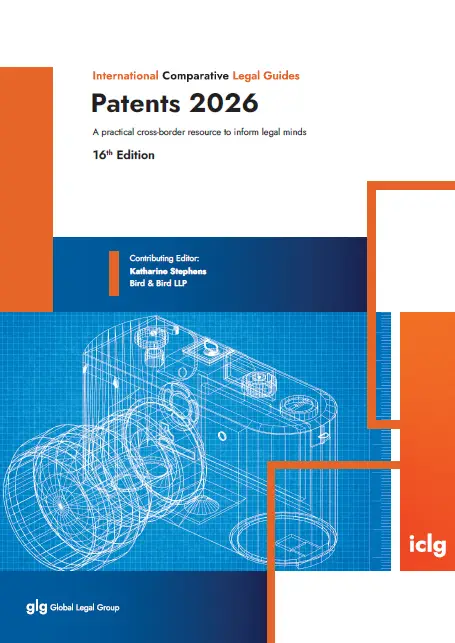

(October 2025)
Kenji Tosaki


Kenji Tosaki, Takahiro Hatori, Nozomi Kato (Co-author)
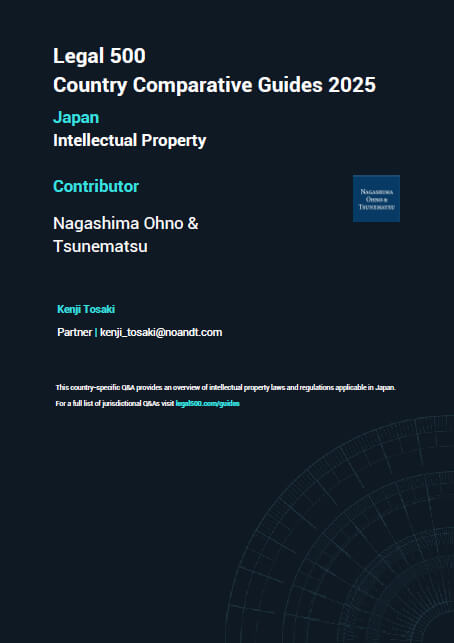

(September 2025)
Kenji Tosaki


Kenji Tosaki, Ryo Tonomura (Co-author)


(October 2025)
Kenji Tosaki


(September 2025)
Kenji Tosaki
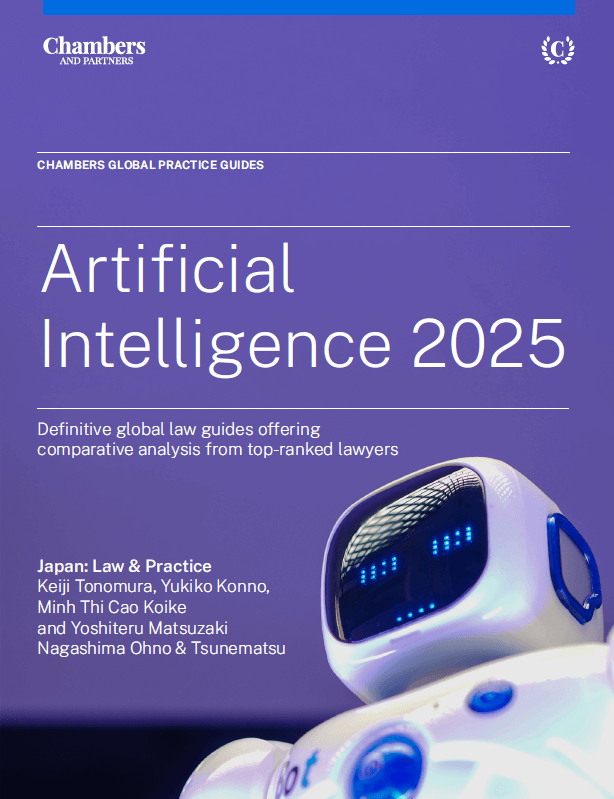

(June 2025)
Keiji Tonomura, Yukiko Konno, Minh Thi Cao Koike, Yoshiteru Matsuzaki (Co-author)
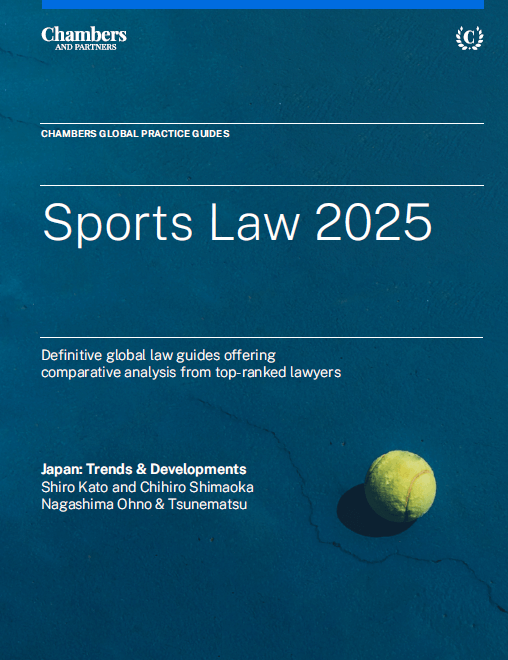

(April 2025)
Shiro Kato, Chihiro Shimaoka (Co-author)
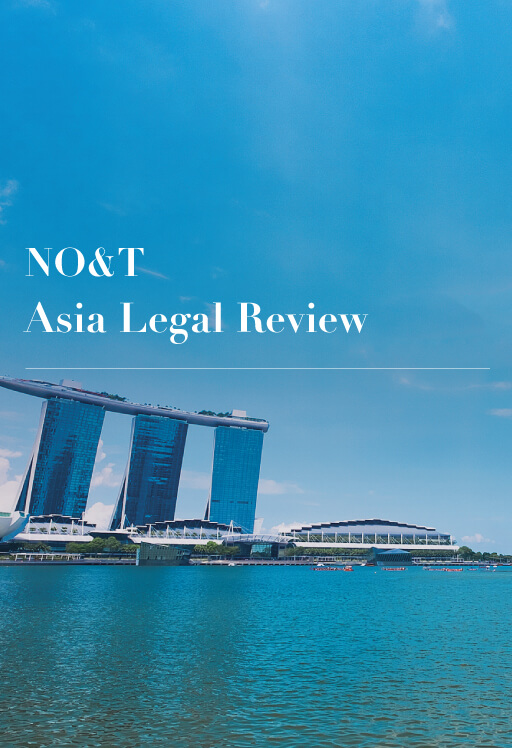

Hoai Truong
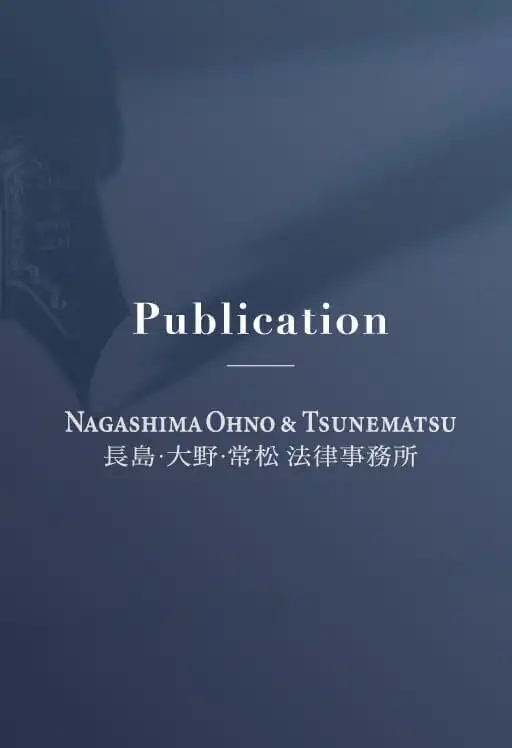

(August 2025)
Keiji Tonomura, Yoshiteru Matsuzaki (Co-author)


(July 2025)
Ryo Okubo, Yu Takahashi, Uchu Takehara, Naoto Obara (Co-author)


(June 2025)
Keiji Tonomura, Yukiko Konno, Minh Thi Cao Koike, Yoshiteru Matsuzaki (Co-author)


Hoai Truong


(August 2025)
Keiji Tonomura, Yoshiteru Matsuzaki (Co-author)


(June 2025)
Keiji Tonomura, Yukiko Konno, Minh Thi Cao Koike, Yoshiteru Matsuzaki (Co-author)


(April 2025)
Keiji Tonomura, Akira Komatsu (Co-author)